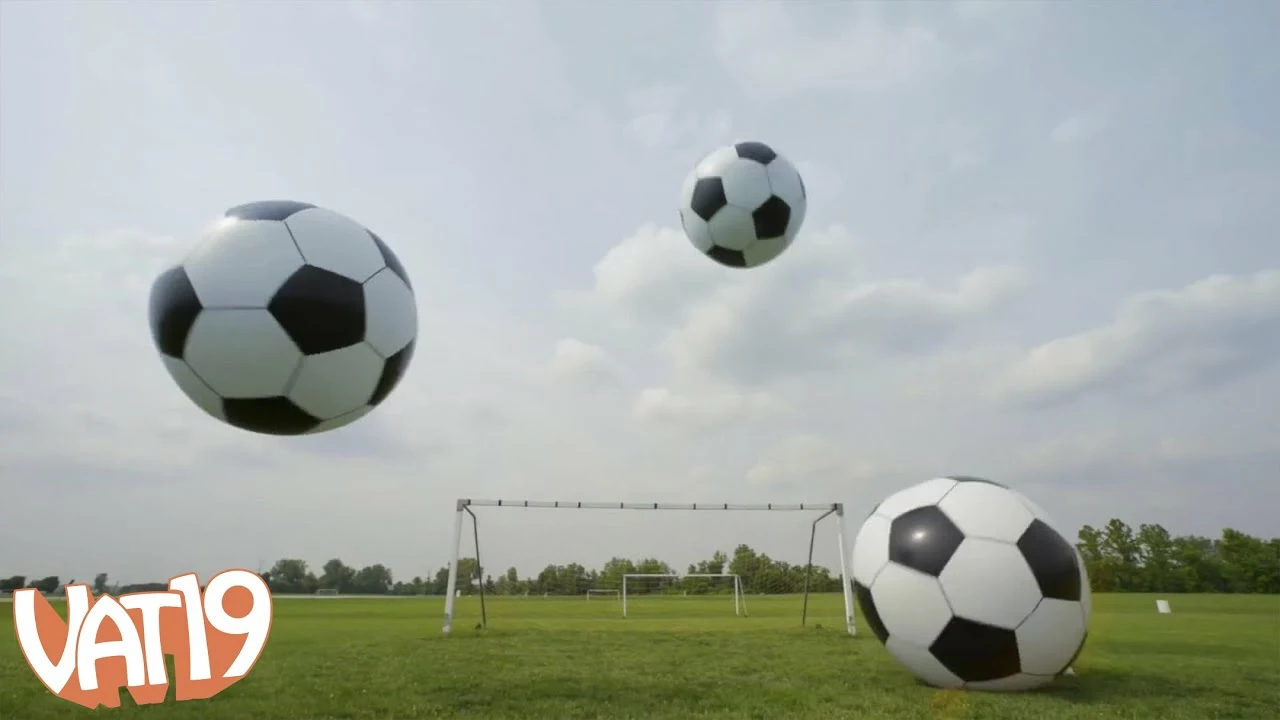Sports Equipment – Boost Your Game with the Right Gear
When you grab a ball, kick it, or head it, you probably think about skill, not what's inside the ball. But the gas you use can actually change how far the ball flies. Curious? Let’s break down the helium‑vs‑air debate and see how it matters for your next match.
Helium vs Air: Which Fills the Ball Better?
Helium is lighter than air, so a ball filled with helium weighs a bit less. That lighter weight means the ball meets less resistance when it moves, which can translate into a longer glide. In a calm stadium with no wind, that advantage becomes noticeable – the ball can keep its speed longer and travel a few extra meters.
Air, on the other hand, is denser. When you pump a ball with regular air, it feels heavier and the surface pushes back harder. The result? Slightly slower acceleration and a quicker slowdown. That doesn’t mean an air‑filled ball can’t travel far; it just won’t have the extra boost that helium gives.
One thing to keep in mind is pressure. Whether you use helium or air, you still need to inflate the ball to the manufacturer’s recommended PSI. Too low or too high pressure overrides any gas advantage and can even damage the ball. So, stick to the right pressure, then decide on the gas.
Choosing the Best Soccer Ball for Your Play
For most casual games, a standard air‑filled ball does the job just fine. It’s cheap, easy to refill, and performs consistently. If you’re experimenting with longer kicks, training drills, or just love the science, try a helium‑filled ball and feel the difference.
Keep an eye on durability, too. Some premium balls have tighter seams that hold helium better, preventing the gas from leaking out quickly. If you go the helium route, pick a ball designed for it, or you’ll end up refilling it more often than you’d like.
Finally, think about the environment. In windy conditions, the gas type matters less because the wind dominates the ball’s path. In indoor gyms or windless fields, the lighter helium can give you that extra yard you need for a winning goal.
So, next time you step onto the pitch, remember the gas inside the ball is more than a trivial detail. It can change the flight, the feel, and even your confidence when you take that long shot. Experiment, have fun, and let the right equipment help you reach your big goals.

Will a soccer ball go farther filled with helium or air?
This article will explore whether a soccer ball will travel farther when filled with helium or air. In order to understand the answer, it's important to consider the properties of helium and air, and how each affects the ball's flight. Helium is a lighter gas than air, which means it will provide less resistance and help the ball to move more quickly. On the other hand, air is denser and will provide more resistance, slowing the ball's flight. Therefore, a soccer ball filled with helium will generally travel farther than a soccer ball filled with air. It is also important to consider the environment in which the soccer ball is released. If air is still and the ball is released in a windless environment, the ball filled with helium will have an even greater advantage and may be able to travel even farther.
View More